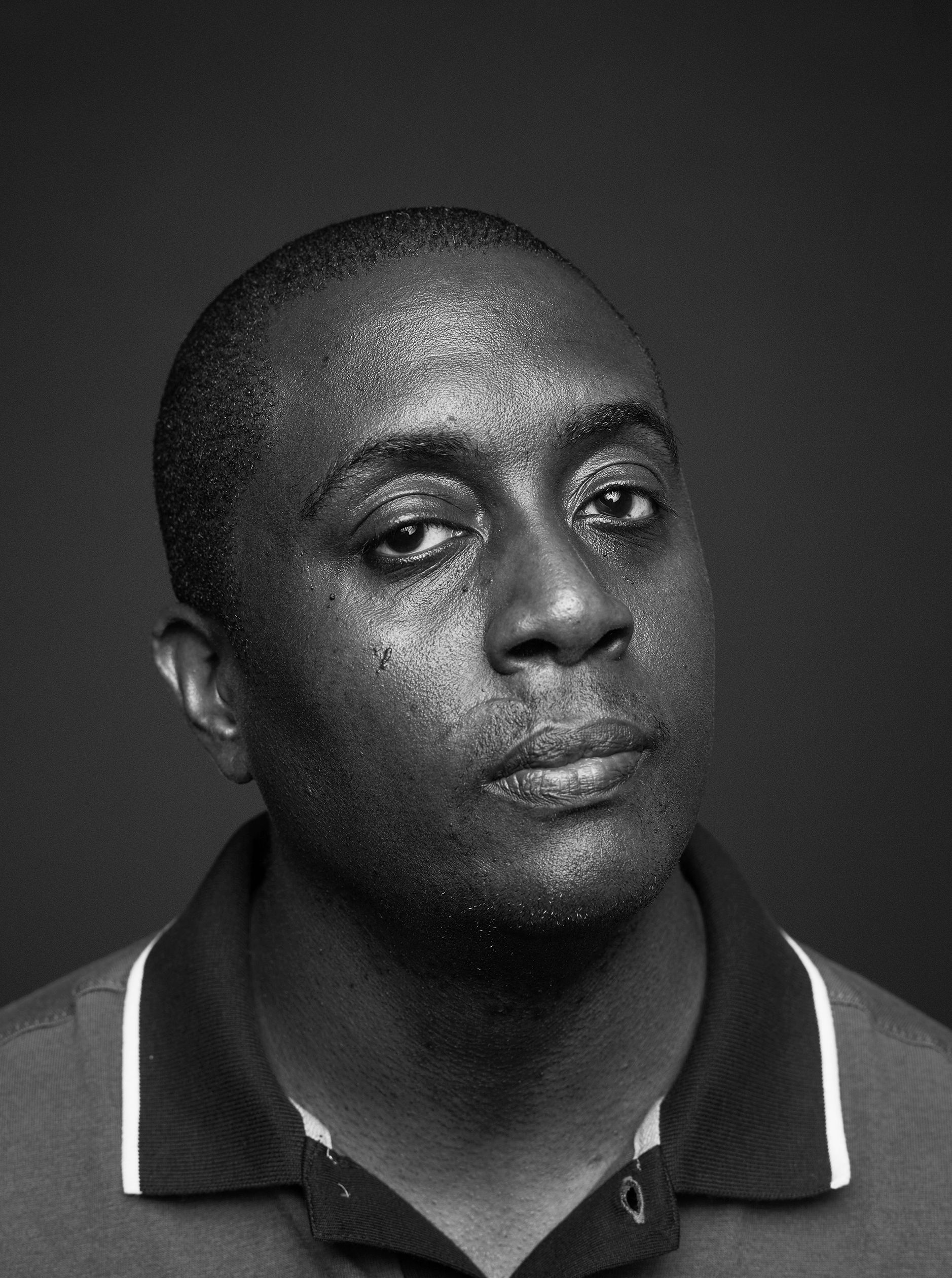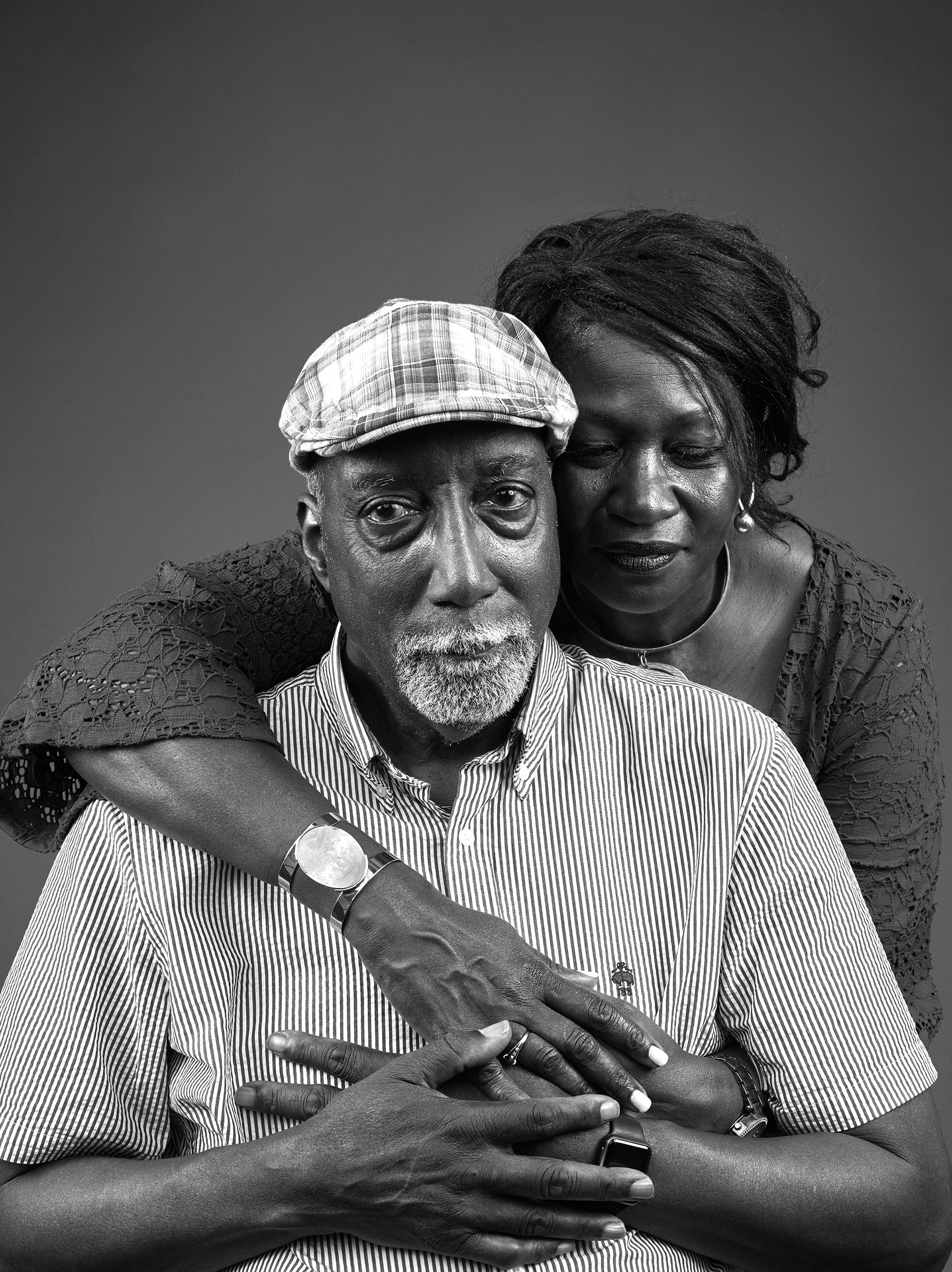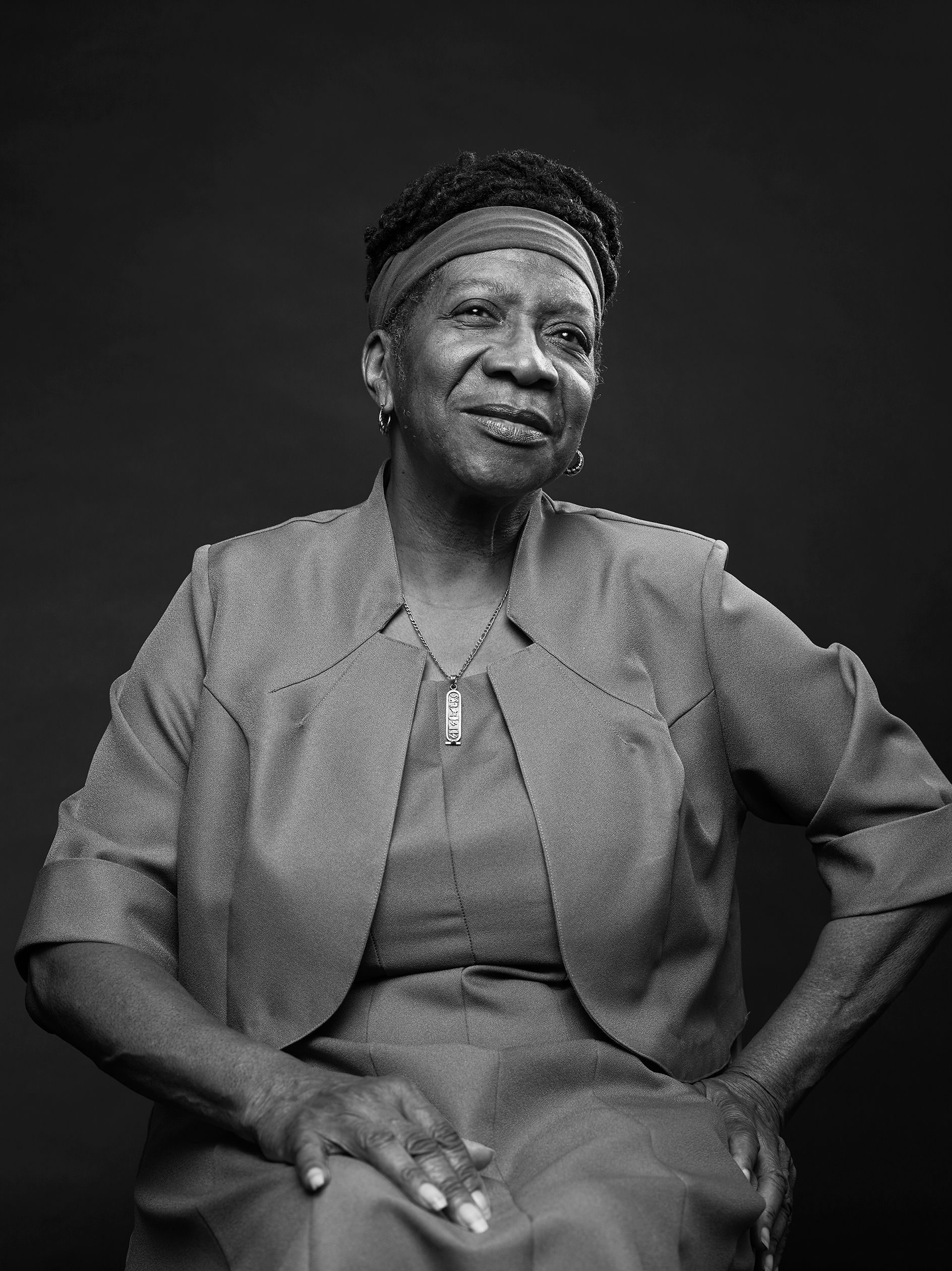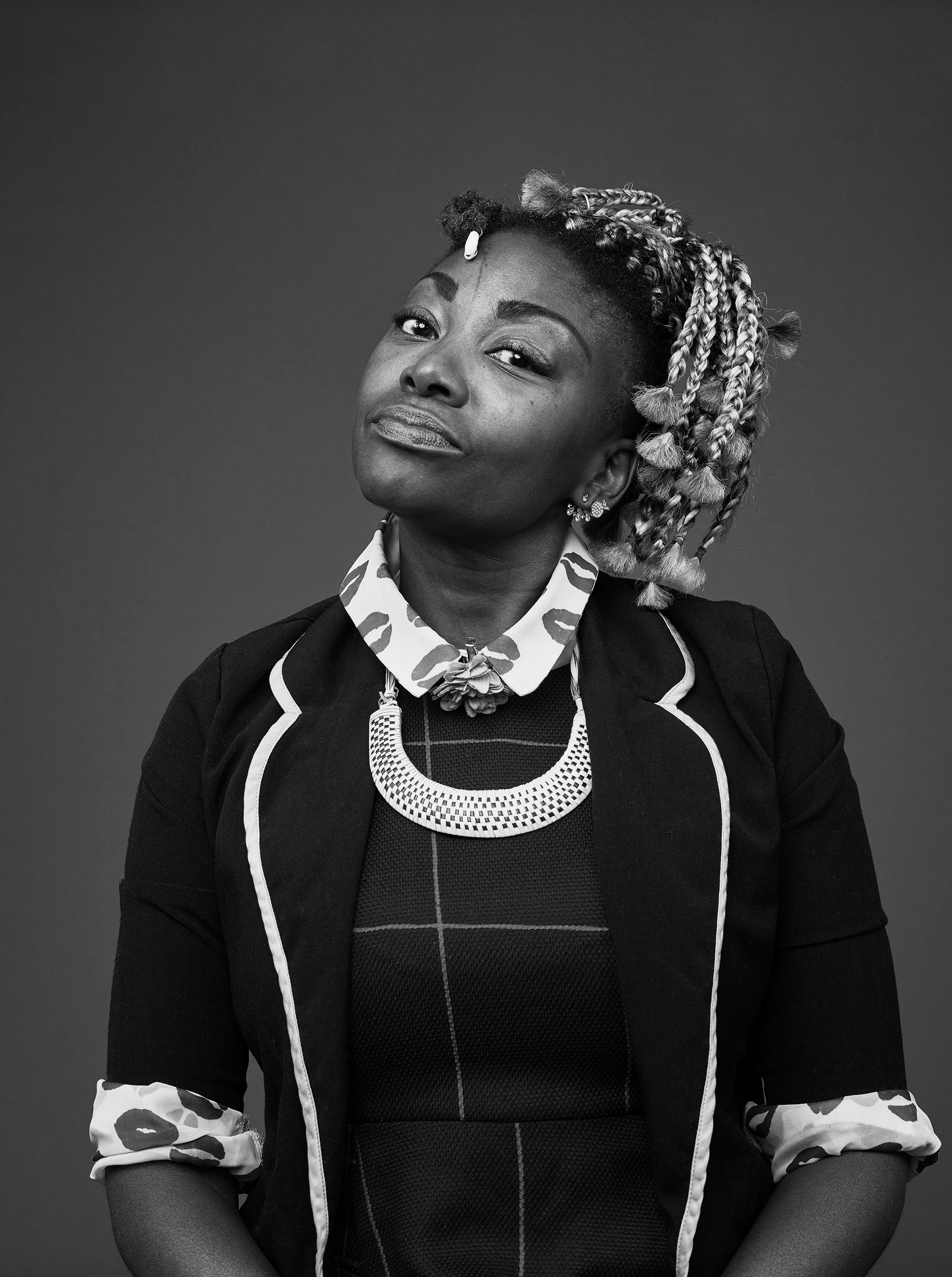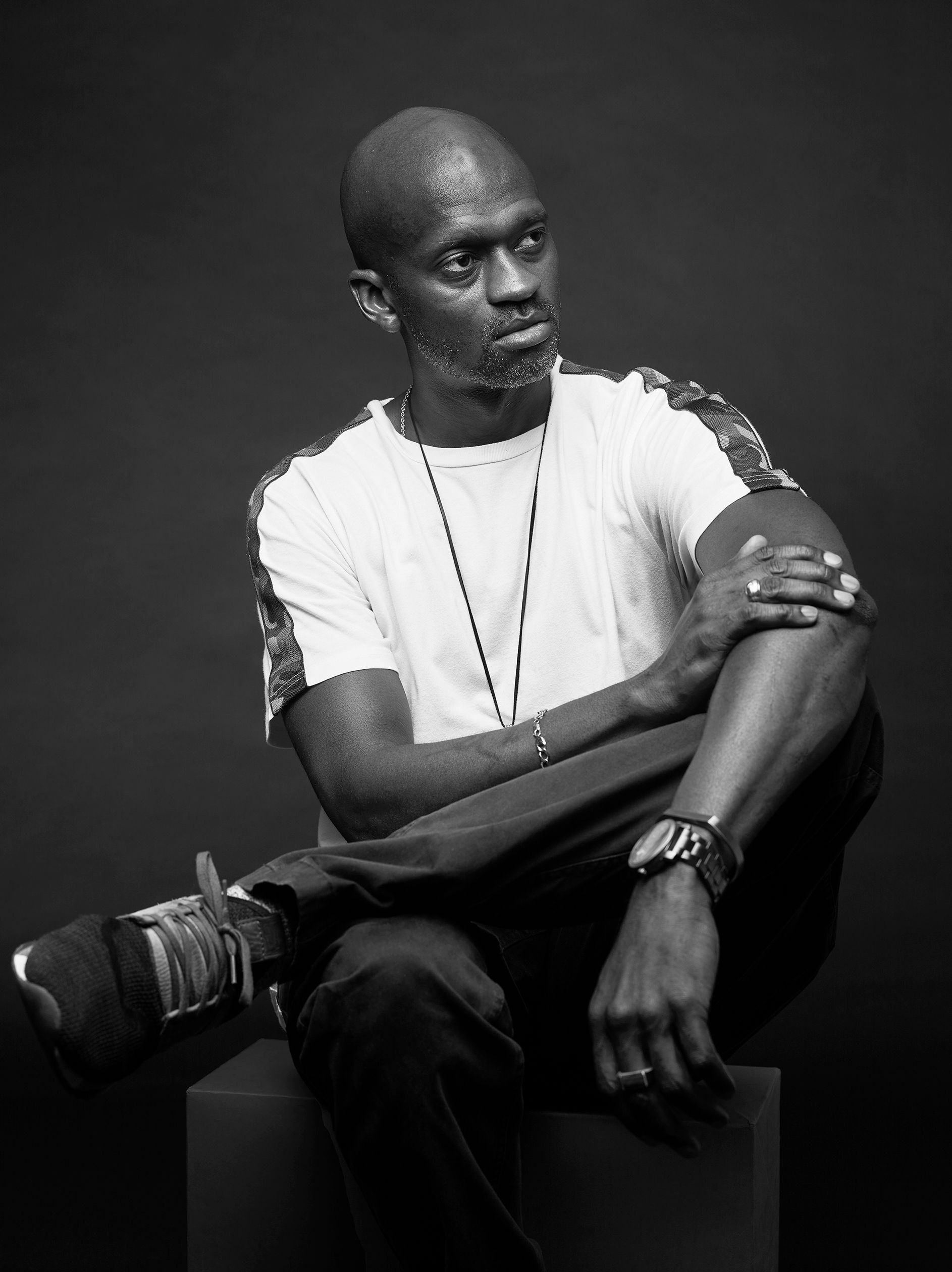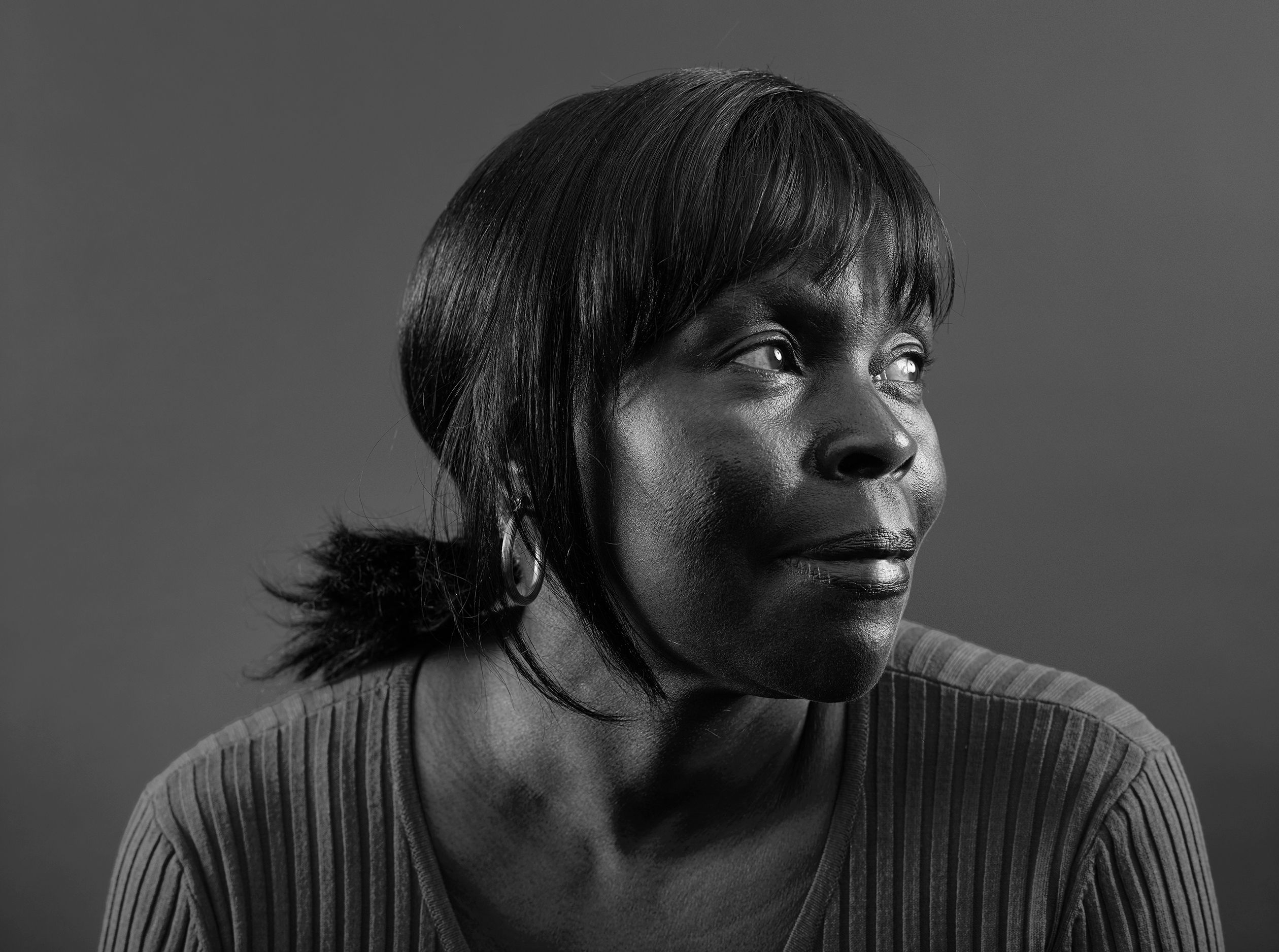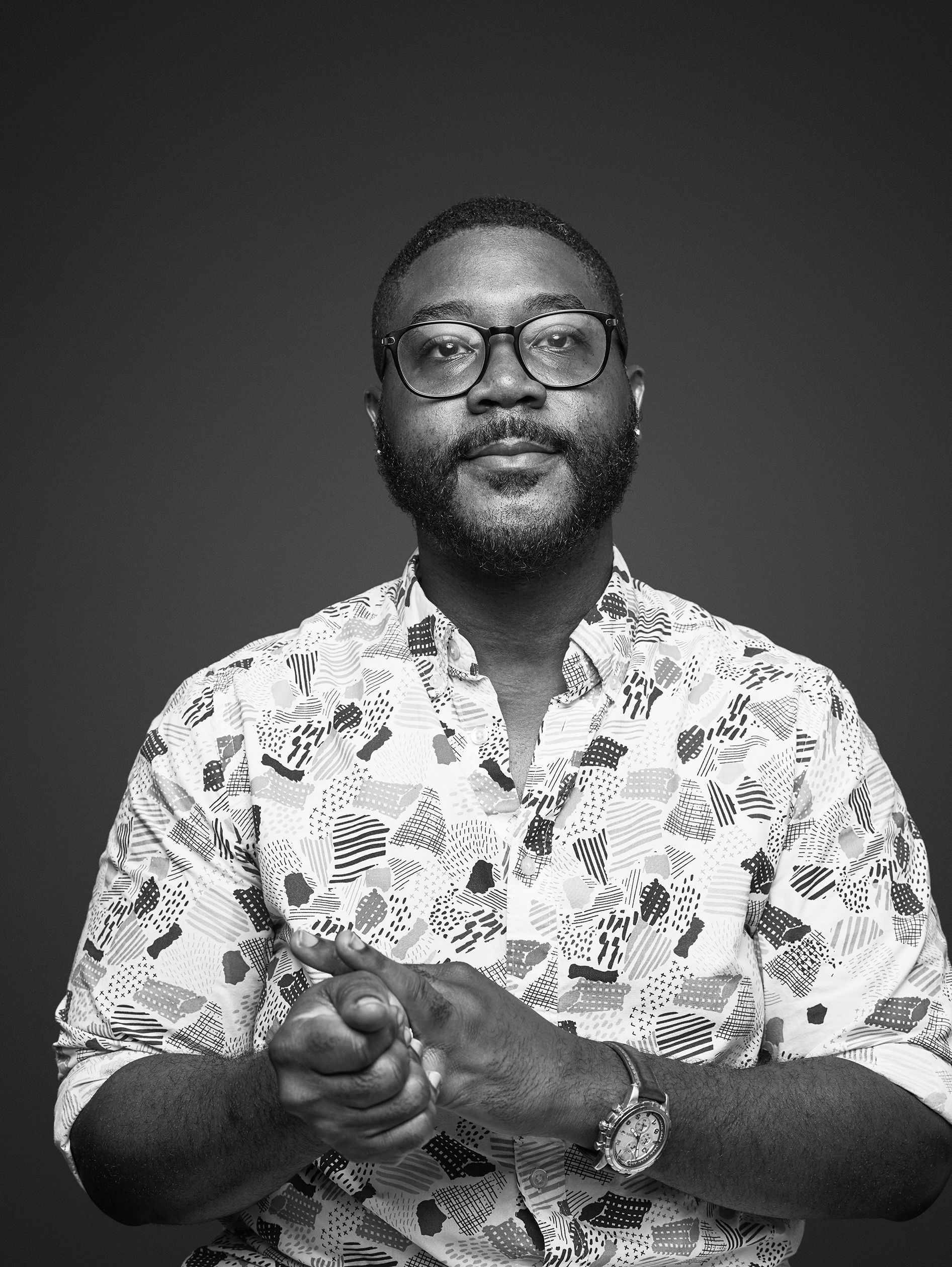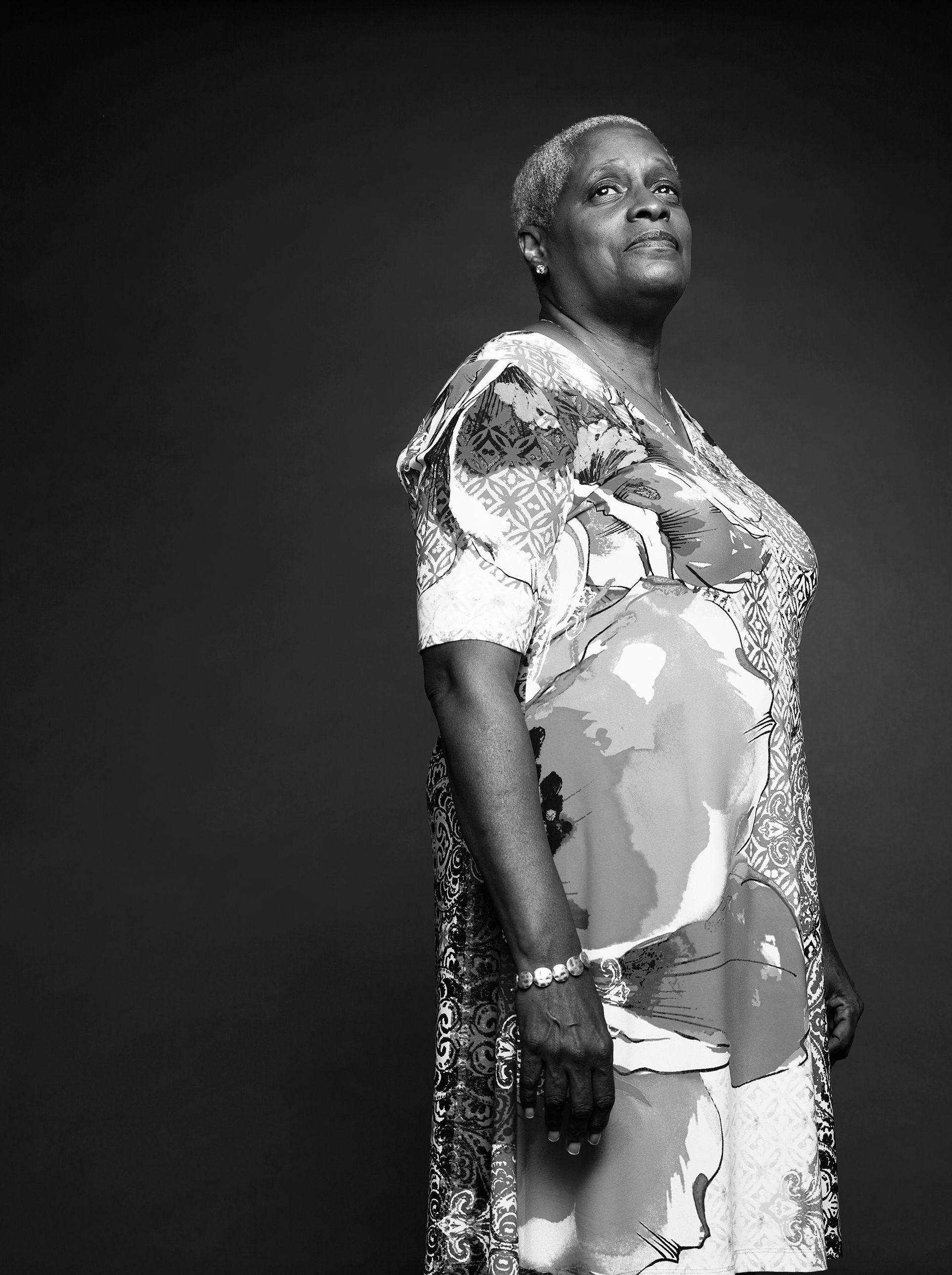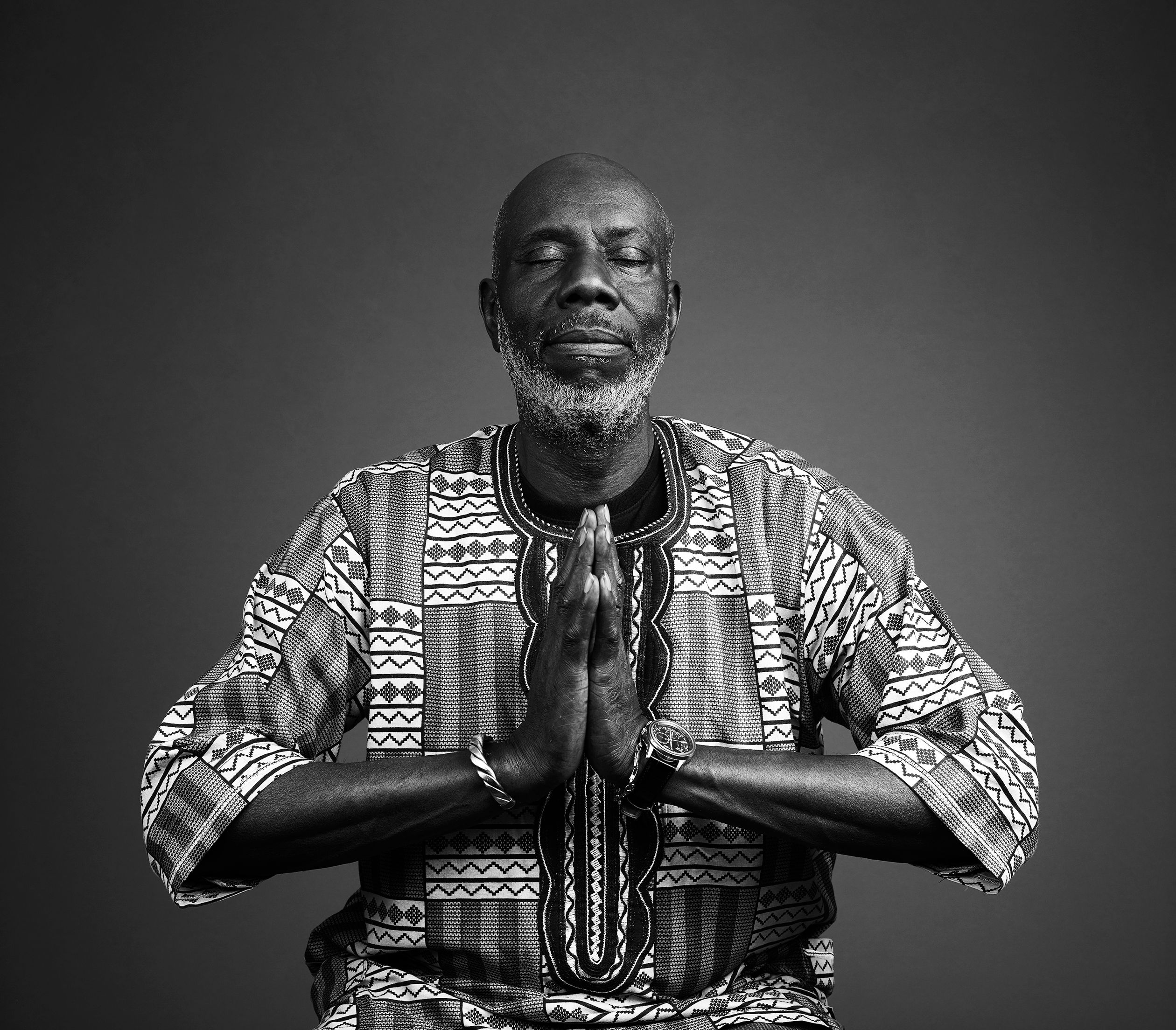We Are Here
By Robyn Twomey and Monica L. Williams
Since the Great Migration, Black people have built a vibrant and thriving mecca in Bedford-Stuyvesant, Brooklyn, making it an icon of community, culture, and resistance.
But the neighborhood is changing.
Gentrification, racist housing policies, and systemic oppression have forced longtime Bed-Stuy residents and business owners out of the neighborhood, as a younger, predominately white, population moves in. Black residents must reconcile these changes with their sense of belonging on the blocks they built.
“We Are Here” is a celebration of Bedford-Stuyvesant’s rich cultural legacy—a testament to its past and present. “We Are Here” centers images and stories of long-time Bed-Stuy residents, cementing their place as neighborhood icons in the name of resilience and permanence.
“We Are Here” features photographs by Robyn Twomey with interviews by Monica L. Williams, Artistic Director of “As Quiet as It’s Kept,” a multidisciplinary installation project supported by Bailey’s Café, a space for community and healing. Special thanks to Stefanie Siegal, Pia Monique Murray and all the participants who trusted us with their stories and images.
-
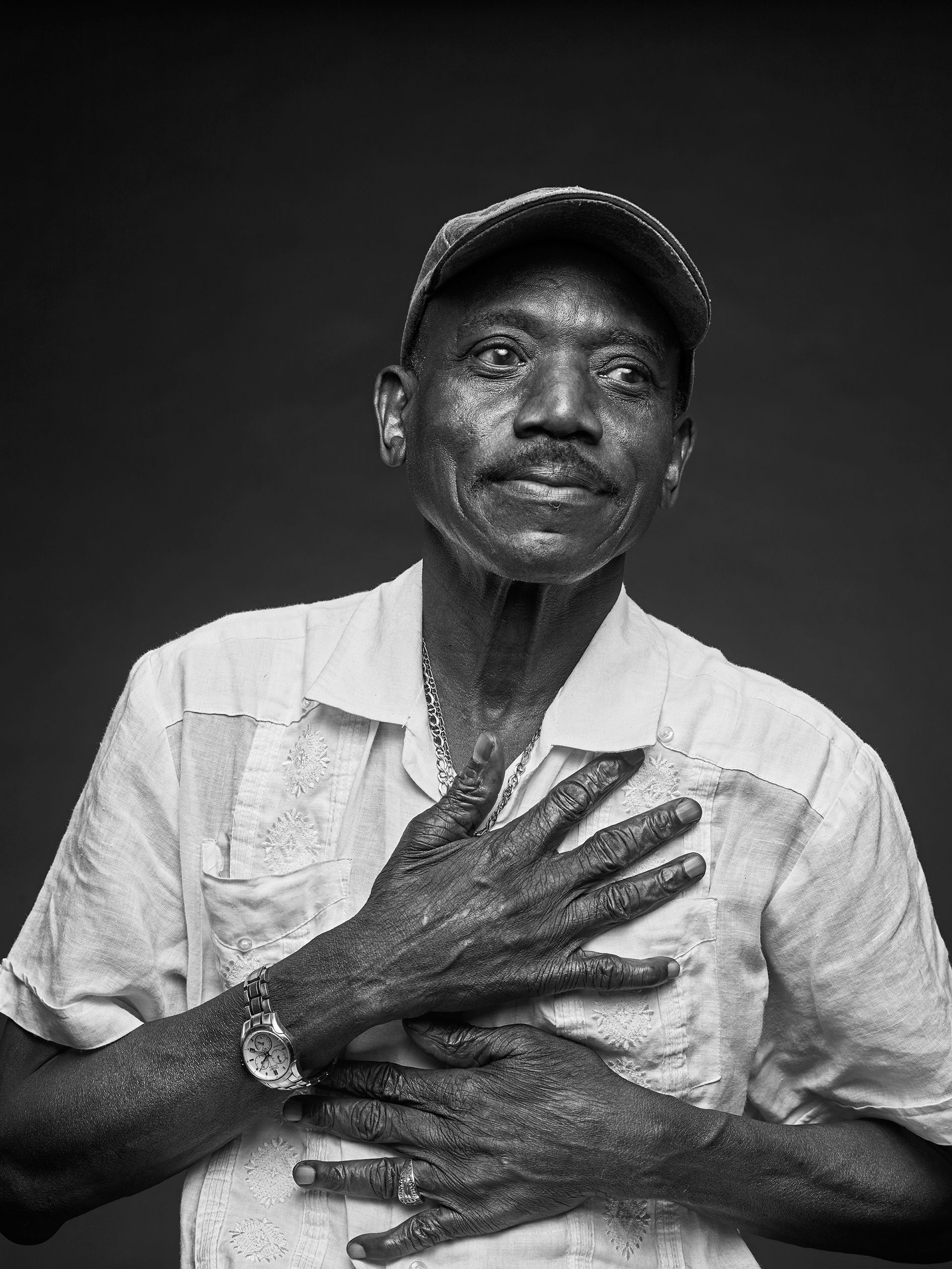
“It’s 1973, and I decided Brooklyn, even though I was working in the city, well, I love Brooklyn and so, that’s where I reside. I own the home I live in. In my neighborhood, from Nostrand and Halsey to Bedford Avenue and then you go up to Marcy, a lot of the people who own the houses are still there you know, they were their parents and they pass it down to them you know. But a lot of other people [are] moving in and so I work with different organizations to try to put a stop to that. That’s my role right now, to make sure that we keep Brooklyn.” - Alfred
-
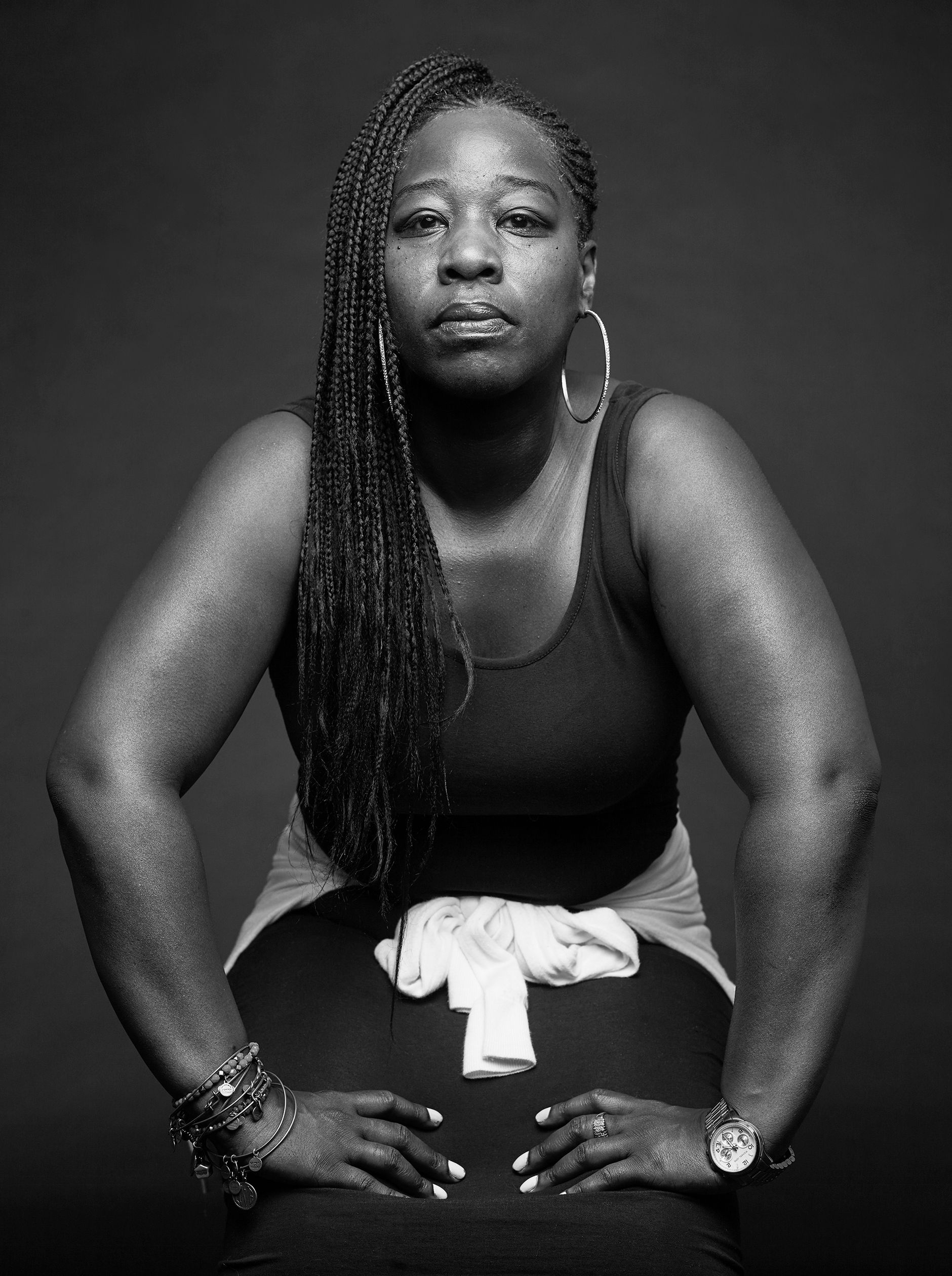
“Bedford-Stuyvesant. It's home. It's everything. It's me. Bed-Stuy is ME. It's just the family vibes. And understanding we have one another without speaking. I'm Bed-Stuy from birth. It is me. I am it. My childhood was awesome. I mean playing outside in the street and, you know the grown ups coming home from work. You don't know nobody with the gentrification. It makes me sad. I see us being non-existent in Bedford-Stuyvesant. I can't afford any of the low income affordable housing. So, unfortunately, I hate to say it, but I personally believe, eventually there's going to be no African-Americans in Bedford-Stuyvesant.” - Quadisha
-
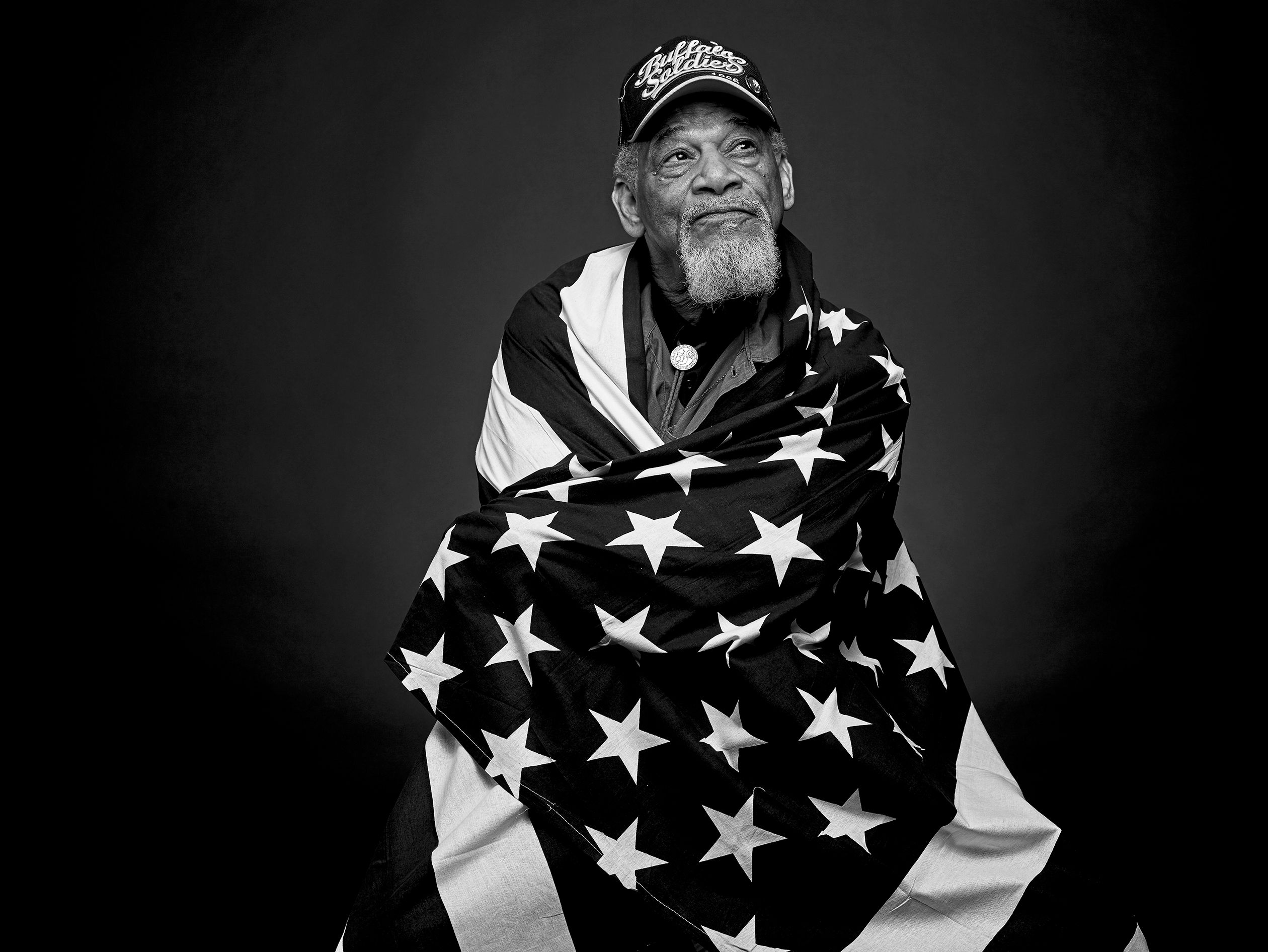
“I am the son of warriors Several generations of warriors a soldier in a world of civilians In a world of riches Riches out of my reach A blue collar Bed-Stuy Brownstoner with everything in place A backyard with a birdbath and a rose garden A mother AND father providing for the children and themselves Me and my friends were the quintessential Trees growing in Brooklyn playing stick and stoopball and all of the tree games with a patch quilt of cultures raising us. Italian, German and Black families filled our block with a gumbo of scents and sounds that all added up to love and society. Forced bussing burst that bubble. The bubble continued to deflate with the Bed-Stuy riot of 1964, started by a police shooting of an African American youth in Manhattan. The more things change...” - Sweat
-
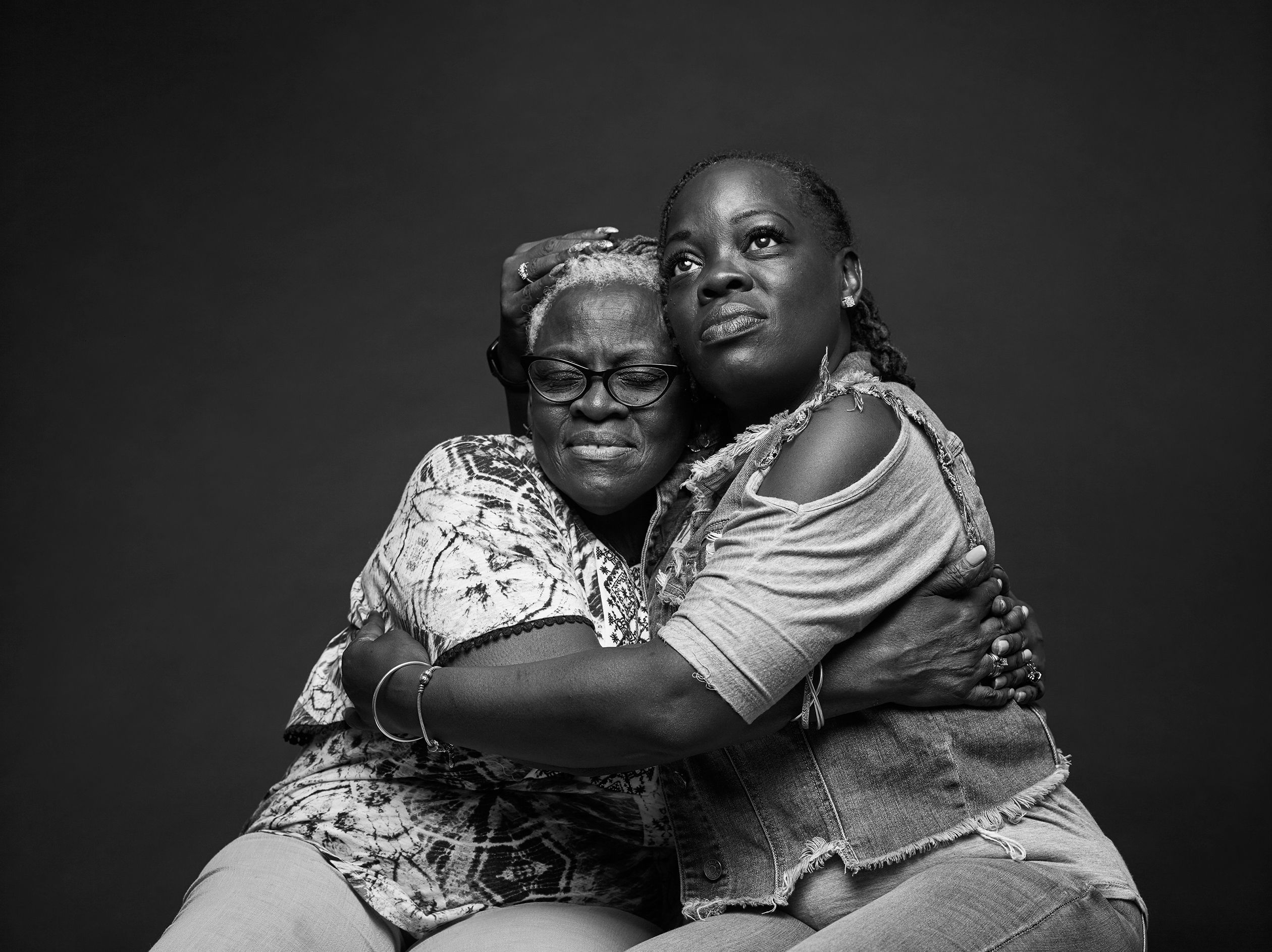
“Well, I was born in Bed-Stuy. I only lived two places my entire life. I don’t think I could leave Bed-Stuy now at this point in my life. This is my home. This has been my life. Bed-Stuy is changing and we look for change, but don’t kick me out of it. A lot of us are being forced out of our homes because we can’t afford this rent.” -Yvonne (left) “No one ever believes me when I say that I’m 50 because I’ve had a wonderful life in Bed-Stuy. My family knew everyone in the neighborhood. I can’t afford it... I can’t get in. I’ve been at my mother’s for the last twenty years and I can’t get in.” -Tracey (right)
-

“Actually, I was born in this neighborhood. August 19, 1939, Kings County Hospital. A Thursday evening. 10:30pm. The first place I remember living was Gates Avenue and then we moved to Greene Avenue. I was there until 1958 when I went to the army. My hope is that communities like Bed-Stuy won’t be homogenous, that it can embrace all races, all cultures. Besides what’s going on now with this present administration being so divisive, I think there are a bunch of people waking up to the fact that we need each other. We are speaking to people that we didn’t know before and we’re welcoming people that didn’t welcome us.” – Lawrence
-
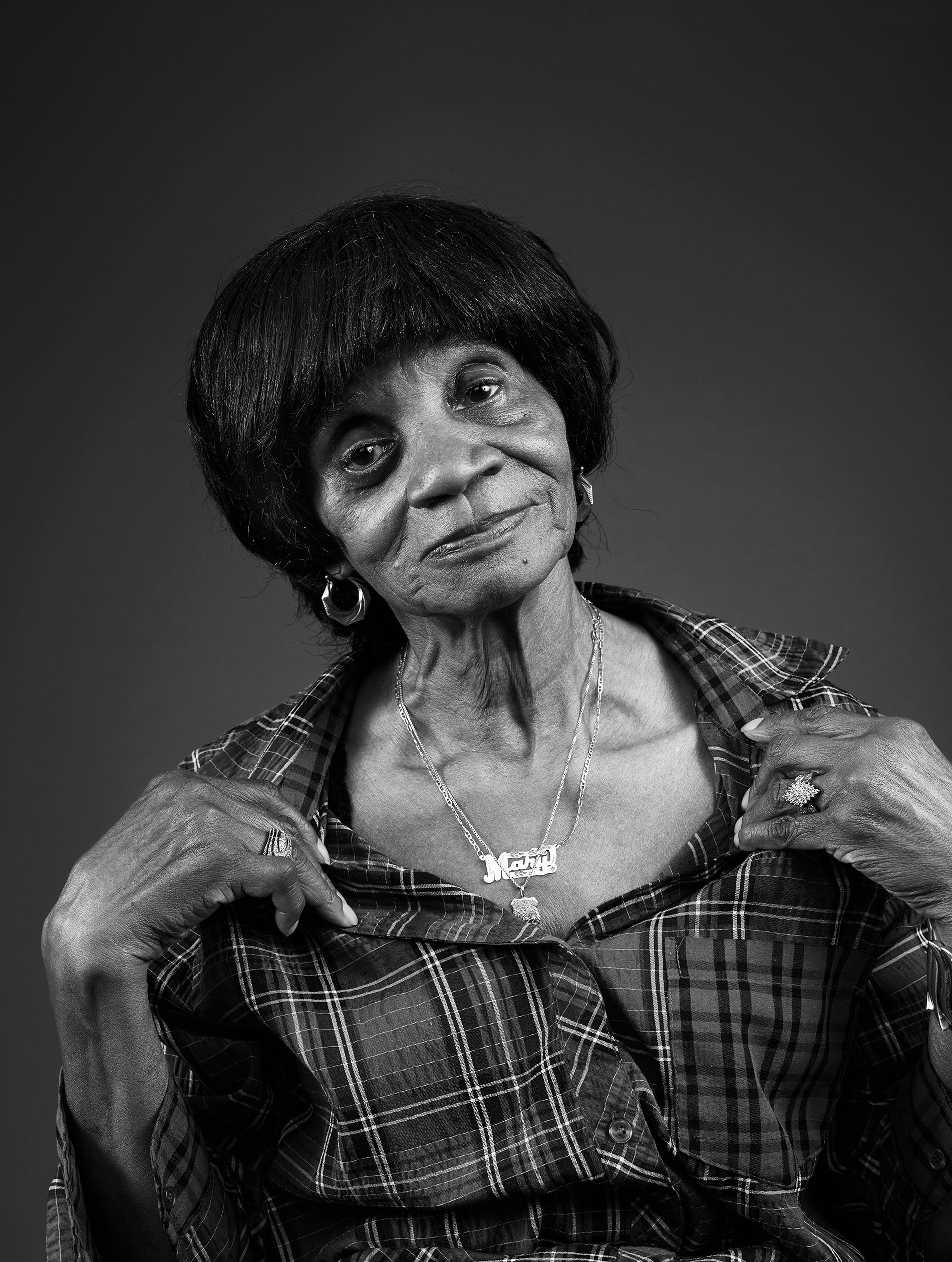
“I came to New York in 1958. I was living on Hancock between Malcolm X and Patchen, and I moved from there to Decatur street between Patchen and Malcolm X and I’ve been there ever since. And Bed-Stuy has been a beautiful place for me and we have beautiful homes in Bed-Stuy, nice neighbors in Bed-Stuy, and it’s just a beautiful place that anybody would like to live. I was the president for the block for ten years. And we look out for the neighbors. We let them know that we have learn to live with each other. I speak if they don’t speak. You have to learn how to be nice to people and people will get to thinking, well you know, I gotta change you know cause people are nice to me.” - Ms. Mary Louise Franklin
-
![bed-stuy, Bedford Stuyvesant, bed-stuy portraits, brooklyn portraits Kareem]()
“I’ve lived here all of my life, myself and my family have always been here. We choose to stay. This is our home.” - Kareem
-
![bed-stuy, Bedford Stuyvesant, bed-stuy portraits, brooklyn portraits, Brooklyn portrait Curtis and Cynthia]()
“I believe in tying in tradition and rituals and community into one. Now that the neighborhood has changed, there is a lack of community. Our neighbors do not really speak to us in the way that I would like to be, right now. And I just feel like there's a cultural divide. So, it would be great to find a way to bring the community together. And for the new neighbors to appreciate the old. And for the old neighbors, like ourselves, to appreciate the new in ways that honor who they are. So, I would like to see some collaborations more with our neighbors because it doesn’t exist. And I don't necessarily like the attitudes of some of them that moved in. Because they have moved into a neighborhood that has a history. And I think that there's a lack of appreciation of that history.” -Cynthia with husband Curtis
-
![bed-stuy, Bedford Stuyvesant, bed-stuy portraits, brooklyn portraits, Brooklyn portrait Gloria]()
“I moved up from Fort Greene Projects, I think I was 12 years old. My aunt had three houses up here, and they took us out of the porjects and brought us up here, I would never leave this place, you know. These houses they building up now, people can’t afford it. You have people living on the streets, all races living on the streets and it’s not fair. You see people and you speak to them and they don’t speak to you. But one day, they might fall right in front of you an who’s gonna be there? The same person you don’t speak to. But I would still help that person out.” - Gloria
-
![bed-stuy, Bedford Stuyvesant, bed-stuy portraits, brooklyn portraits, Brooklyn portrait Claudette]()
“Oh well I’ve been a lifelong person living in Bed-Stuy because I was born in Bed-Stuy. So when my parents brought me home from Jewish hospital, they brought me right to the house, still there on Macon street between Nostrand and Marcy. I’m still in the loop. I don’t know about anybody else, but it’s working for me. I wanna be around lil’ kids, I wanna hear lil‘ kids, I wanna hear young people, I wanna hear and see middle aged people, and I wanna see old people like me mixed in the neighborhood. I’m in the loop. And so I’m still around family, you know. My church family and my personal family. What more could I ask for?” - Claudette
-
![bed-stuy, Bedford Stuyvesant, bed-stuy portraits, brooklyn portraits, Brooklyn portrait Natasha]()
“This place is special because of the people. It’s not the buildings, or the restaurants, it’s definitely not the names of the streets because the names of the streets are all by colonizers, right, who intentionally tried to keep the people who live on these streets now oppressed. So, you know, the fact that I live on Jefferson [Street] for me is always a revolution. That was somebody who didn’t want my freedom.” -Natasha
-
![bed-stuy, Bedford Stuyvesant, bed-stuy portraits, brooklyn portraits, Brooklyn portrait Dahkil]()
“My first memories of Bed-Stuy have to be from the 80's on Brevoort Place,between Franklin and Bedford. It was the first time I heard Tribe Called Quest, Scenario Remix. And I get off the train and I'm walking and it's just buildings but not too tall; there were old people, there were young people, everybody was outside. It had this beautiful sort of neighborhood community vibe. And it was that moment where I fell in love. Bed-Stuy was where I really started cementing myself as an adult. And learning to participate and be a community member. Community is nothing but people, so if you just take the dope people, and move and create a movement, that can really work. It's not just about Bed-Stuy, but to me it's about America, how do we build new systems that will serve our younger people. I may not be the beneficiary right off, but I would hope that my children or my grand-children aren't living with these struggles." - Dahkil
-
![bed-stuy, Bedford Stuyvesant, bed-stuy portraits, brooklyn portraits, block association president, block president bed-stuy Marian]()
“I came here from South Carolina with my mom. My mother was a single mother with nine kids, and so she bought a house in Bed-Stuy. And I’m still living in that house today. A woman, a Black woman with a third grade education. Living in Bed-Stuy was one of the best decisions she could’ve made because everyone was willing to help her. I don’t know what we would have done if we didn’t live in a community like Bed-Stuy. I hope we all still can be neighboors, we can help each other but I’m noticing a lot of changes. People are not willing to be a community where we all help each other. The new people in the community they do their own thing. Me, myself, I will die in Bed-Stuy. This is my place, I will always live here." - Ms. Marian
-
![bed-stuy, Bedford Stuyvesant, bed-stuy portraits, brooklyn portraits, Brooklyn portrait Damian]()
“I was conceived in Bed-Stuy, on Jefferson Avenue to be specific. You’re walking up the streets, that are now lit, and you see these white people walking up the street, they’re walking in the same direction as you, you see a purse clutched, you see people look uncomfortable, and then you kinda feel like you’re not necessarily in the world that you were in anymore, and it feels like something was taken away from you to some degree. I’ve seen a number of people sell their homes, moved down south or moved wherever they moved, but either way it was like a big cash grab.” - Damian
-
![bed-stuy, Bedford Stuyvesant, bed-stuy portraits, brooklyn portraits, Brooklyn portrait Doris]()
"On December 17, 1951, I was born to my parents, Harvey and Gertrude Boon who migrated here from Roduco, North Carolina, which is near the county of Gates and near the city of Ahoskie. They got here, they got married in 1939, they had three children, i’m included. And I love my neighborhood ‘cause I love the people. I love Bed-Stuy. I love the oldness about it and I just wish they could keep it the way it was. I know we have to move on but when you start putting these buildings that look like boxes....and they put them right in the middle of blocks that have brownstones on them. Where I grew up on Greene and Clarkson there used to be nothing but brownstones but now all in between them they had built giant buildings, giant condos. And I know they have to make the neighborhoods better but if you’re gonna make it better you gotta think about the people who were there who may want to move out of some of these raggedy buildings and move into something good but they can’t afford it. " - Doris
-
![bed-stuy, Bedford Stuyvesant, bed-stuy portraits, brooklyn portraits, Brooklyn portrait Radio Raheem]()
"Well my family brought me to this beautiful neighborhood of Bed-Stuy in the late 60's from Charleston, South Carolina. And I’m here. I’m still here. Change is good. Not all the change here has been for the better, unfortunately. But I’m still here. The community spirit is key for me. We build that. I’m a builder, you’re a builder." -Radio Raheem

